Witnessing the majestic dance of whales in their natural habitat stands among life’s truly breathtaking experiences. These gentle giants captivate observers with their enormous size, surprising grace, and mysterious behaviors as they navigate coastal waters.
Across the United States, numerous locations offer prime opportunities to witness these magnificent marine mammals up close. Here’s a list of 17 outstanding whale watching destinations along American coastlines where unforgettable ocean-giant encounters await.
San Juan Islands

The San Juan Islands off Washington’s coast represent North America’s premier orca-watching destination. Resident pods of killer whales make this area special, with regular sightings possible throughout the year.
Summer months bring particularly active viewing, as three main pods, known locally as the Southern Residents, feast in these nutrient-rich waters. Beyond orcas, visitors might spot gray, humpback, and minke whales, alongside playful sea lions that often steal the show with their antics.
Monterey Bay

Monterey Bay features a unique submarine canyon that draws whales remarkably close to shore, much to the delight of both casual observers and dedicated enthusiasts. This California hotspot offers year-round whale watching thanks to its incredibly diverse marine ecosystem.
Gray whales migrate from December to May, while magnificent blue whales—Earth’s largest creatures—appear from May through October. The bay’s abundant food supply attracts humpbacks from April through December, making this destination worthwhile regardless of when you visit.
Juneau
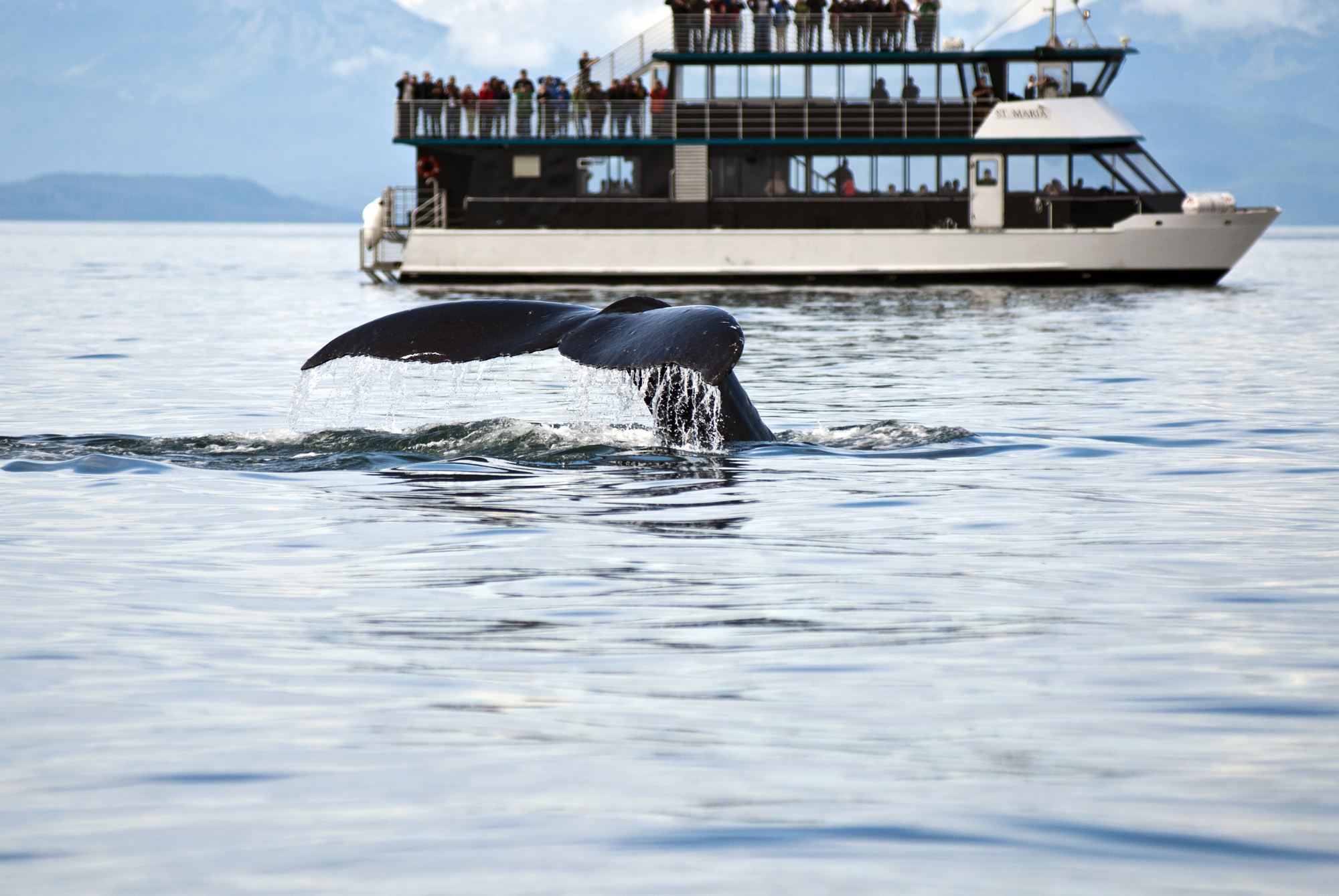
Alaska’s stunning capital provides an unforgettable backdrop for whale watching—think dramatic fjords and glacier-fed waters that seem almost too picturesque to be real. Humpback whales gather in impressive numbers from May through September after completing their long journey from Hawaiian breeding grounds.
You’ll regularly witness spectacular behaviors like breaching and bubble-net feeding—a cooperative hunting technique where whales create rings of bubbles to corral fish. Orcas also make frequent appearances, hunting in the productive waters of the Inside Passage.
Like Travel Pug’s content? Follow us on MSN.
Maui

The warm, shallow Hawaiian waters surrounding Maui host one of the world’s most accessible humpback populations each winter. From December through April, roughly 3,000 North Pacific humpbacks arrive to breed, birth, and nurse their calves in this tropical paradise.
February marks peak activity, with multiple whale encounters virtually guaranteed during even the shortest excursions. Maui offers one of the few places where you can actually hear male humpbacks singing their haunting mating calls underwater—an experience that borders on the magical.
Bar Harbor
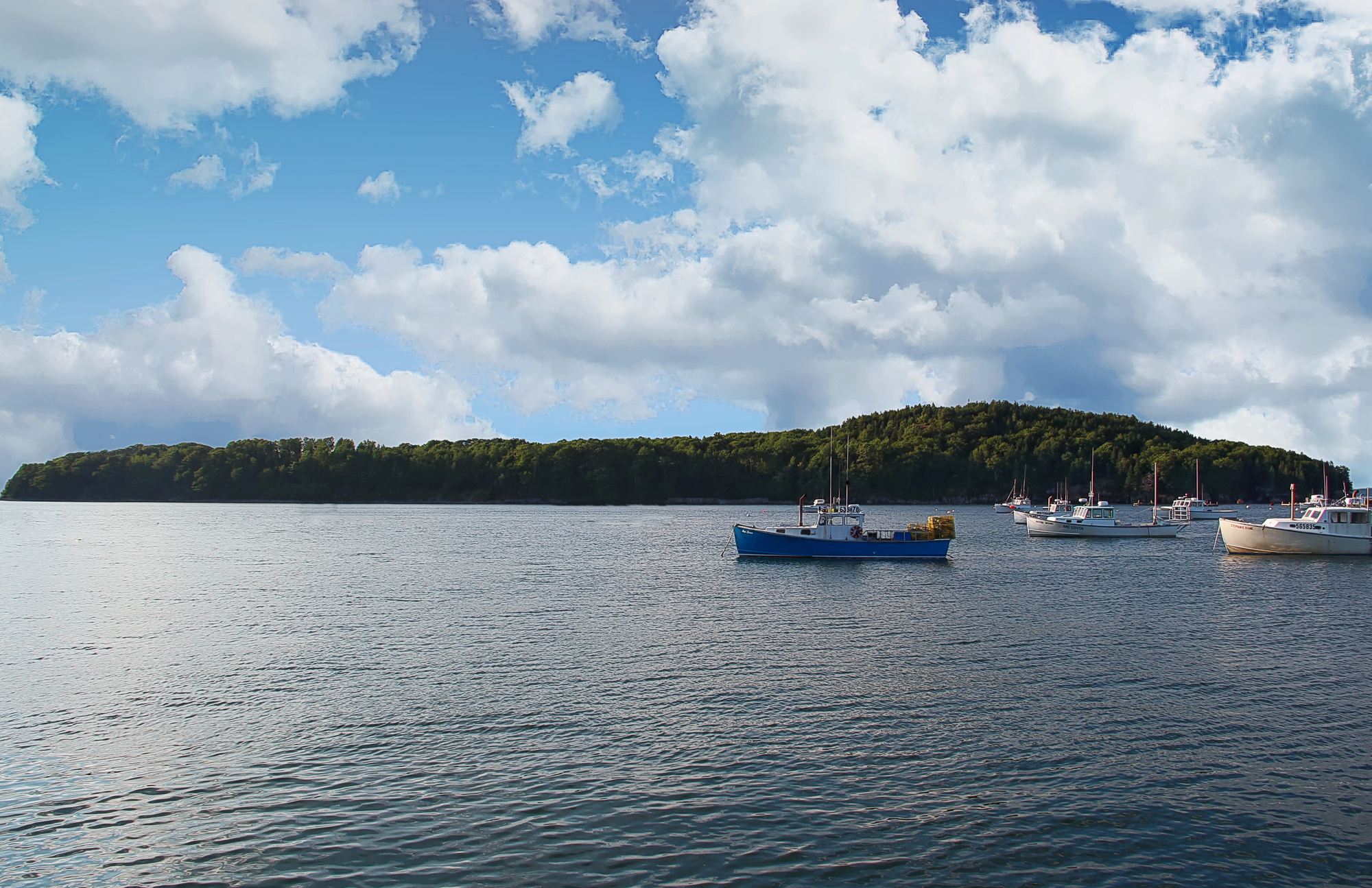
Bar Harbor combines classic New England charm with spectacular whale watching opportunities—a winning combination for visitors seeking both culture and wildlife. The Gulf of Maine’s cold, nutrient-rich waters support abundant marine life, creating ideal feeding grounds just 20 miles offshore.
From mid-May through October, visitors commonly encounter humpback, finback, and minke whales gorging themselves after long migrations. Many tours include visits to nearby islands where Atlantic puffins nest, adding extra wildlife viewing value.
Cape Cod
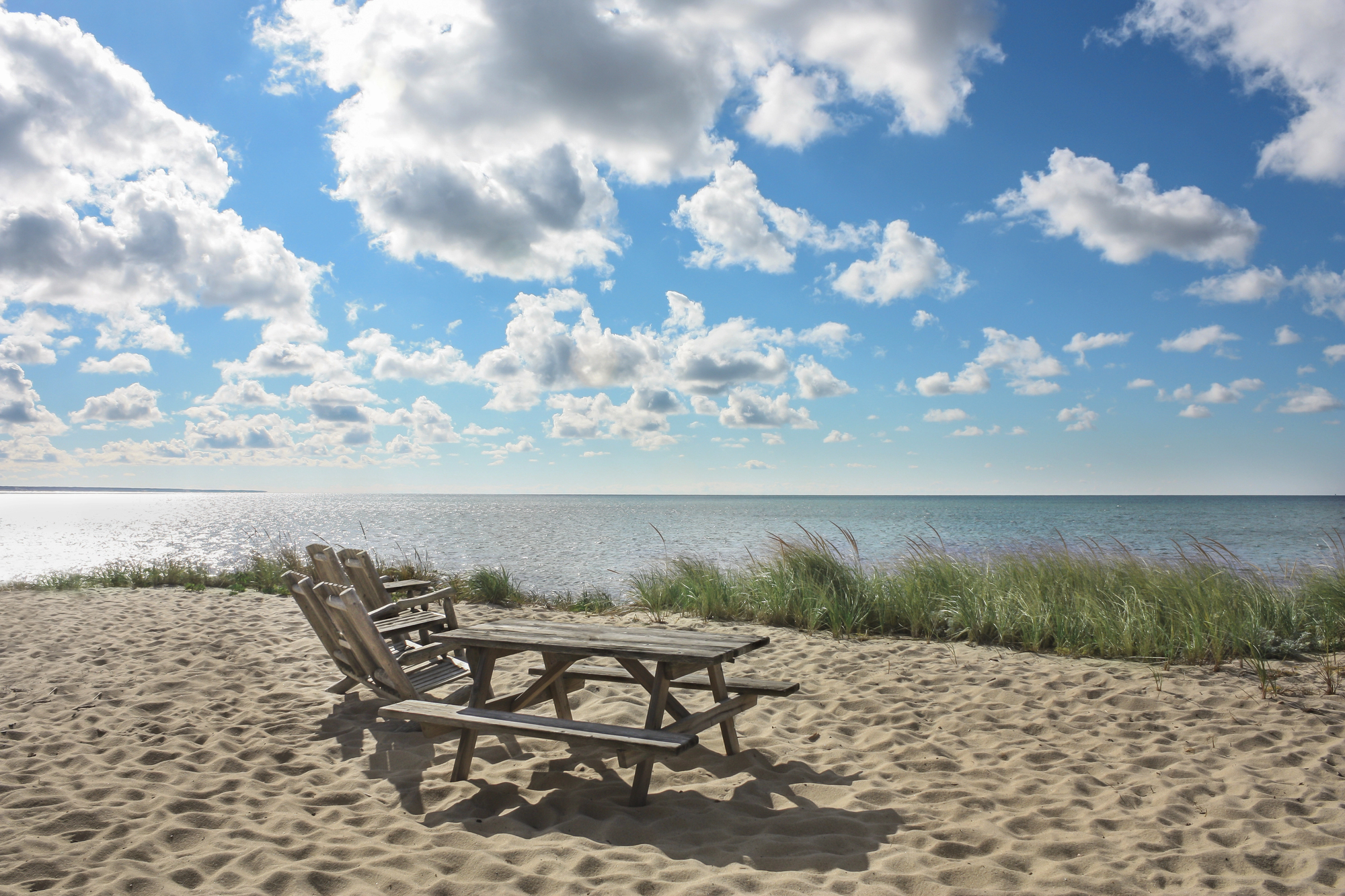
Cape Cod’s proximity to Stellwagen Bank National Marine Sanctuary makes it an extraordinary whale watching location. This federally protected 842-square-mile feeding ground consistently attracts multiple whale species from April through October, creating reliable viewing opportunities that locals treasure.
Tour operators boast an impressive 99% success rate for sightings, though nature offers no absolute guarantees. Humpbacks often approach boats with curious interest, while endangered North Atlantic right whales sometimes appear during spring, though they’re carefully protected from close approaches.
Like Travel Pug’s content? Follow us on MSN.
Depoe Bay

Oregon’s charming coastal town of Depoe Bay enjoys the unique distinction of hosting resident gray whales nearly year-round—a rarity along the Pacific coast. While most gray whales pass by during bi-annual migrations, a special group of 200–400 “resident” grays remains from May through November to feed in these productive waters.
The state-run Whale Watching Center provides excellent shore-based viewing, with knowledgeable staff helping visitors spot telltale spouts. The small bay’s intimate setting allows for remarkably close whale encounters even without boarding a boat.
Cape May
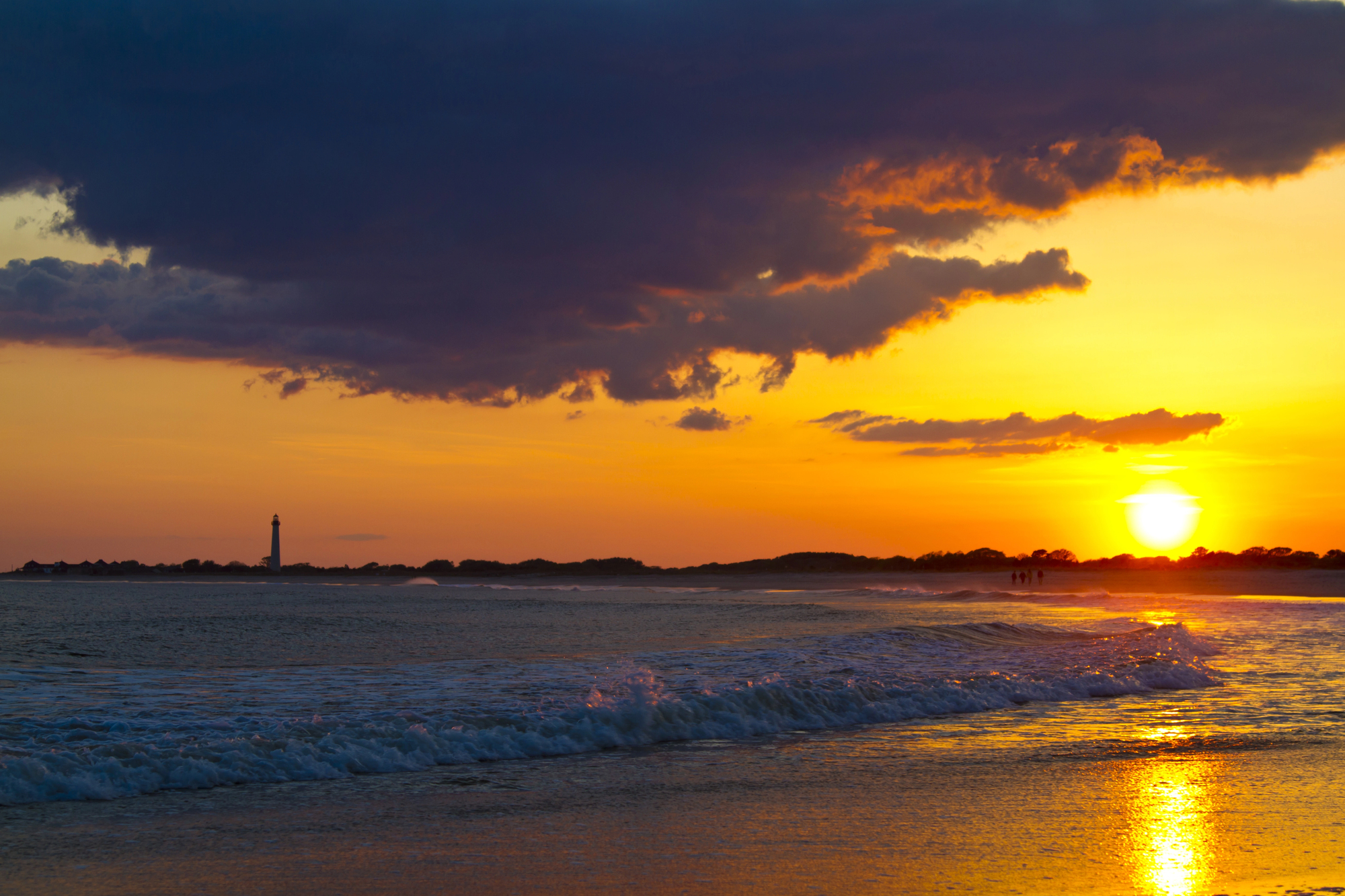
New Jersey’s southernmost point offers surprisingly excellent whale watching that many East Coast travelers overlook—their loss could be your gain. Unlike locations dependent on seasonal migrations, Cape May’s waters attract feeding whales throughout the year.
Humpbacks, finbacks, and minke whales regularly appear, drawn by abundant fish populations that sustain these massive mammals. The area also provides an important habitat for bottlenose dolphins, with large pods frequently accompanying whale watching excursions to create multi-species viewing experiences.
Santa Barbara

Santa Barbara’s whale watching scene benefits from its position along the migratory routes of multiple species traversing California’s coast. The nutrient-rich Santa Barbara Channel hosts an impressive variety of whales throughout the year, providing visitors with diverse viewing opportunities regardless of season.
Gray whales pass through from February to April, while blue whales and humpbacks frequent these waters from May through September. The Channel Islands create a protected environment where whales often linger to feed, increasing the chances of meaningful encounters.
Like Travel Pug’s content? Follow us on MSN.
Kodiak Island
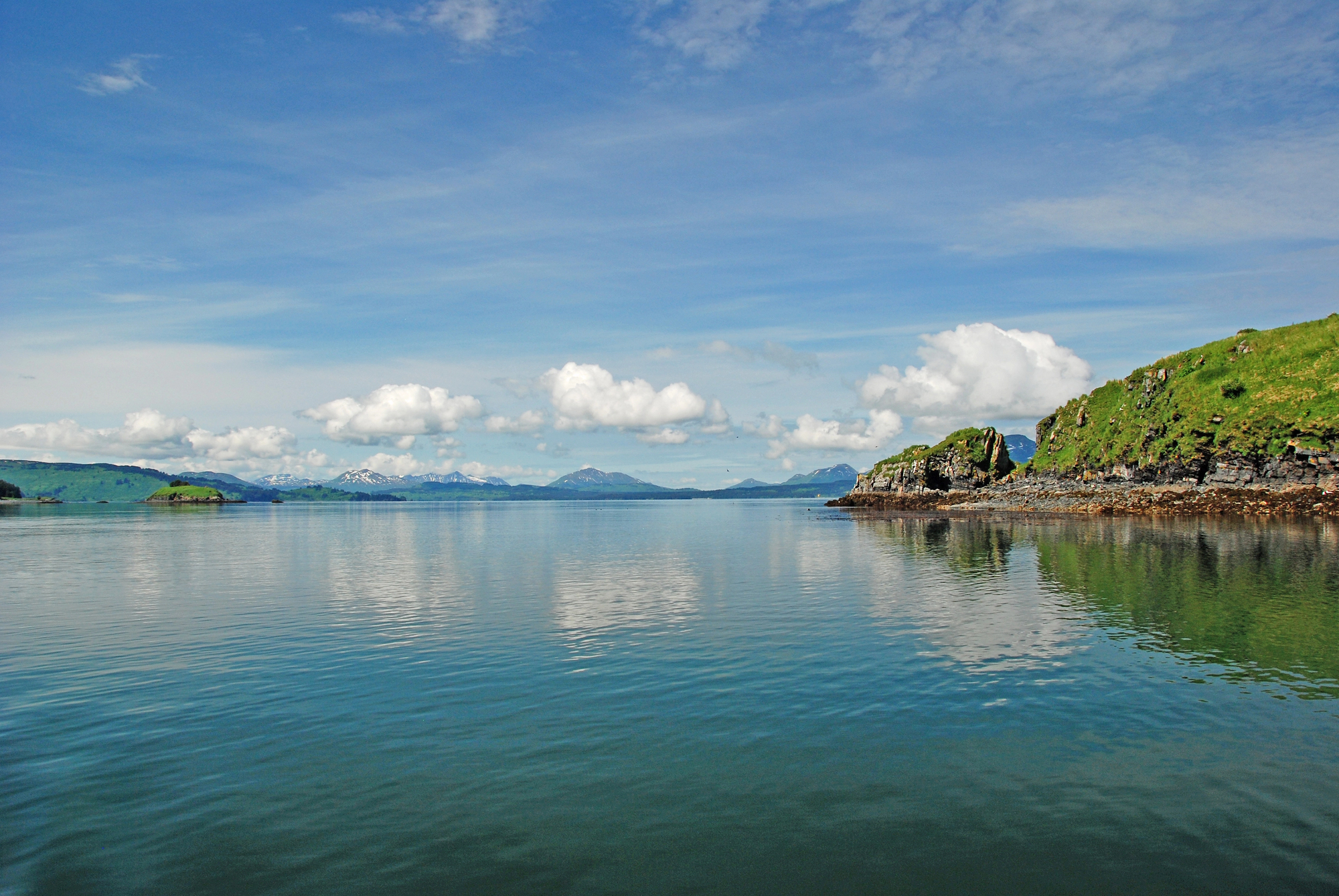
Alaska’s Kodiak Island celebrates the return of Eastern Pacific gray whales each spring with a dedicated whale festival in April—a community tradition dating back generations. As summer progresses, the island’s waters welcome an impressive diversity of cetaceans, including humpbacks, fins, minkes, and occasionally massive blue whales that leave observers speechless.
The island’s remote location means less crowded viewing experiences, while its stunning coastline provides dramatic backdrops for whale photography that’ll make your social media followers envious.
Jacksonville
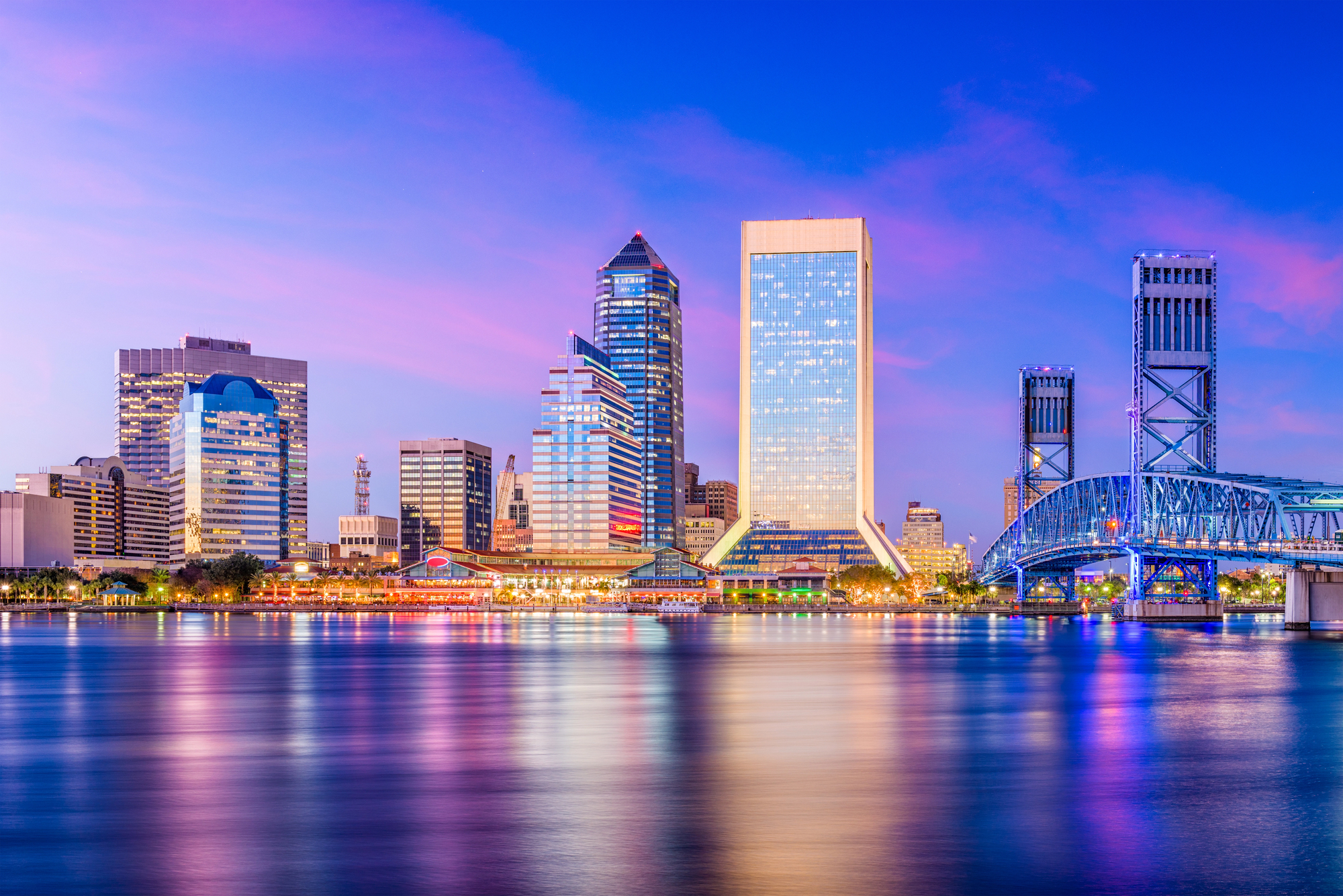
Florida’s northeast coast offers rare opportunities to witness critically endangered North Atlantic right whales during winter months. From November through April, mothers and calves venture into these protected waters for calving, creating wildlife viewing opportunities with genuine conservation significance.
With fewer than 350 individuals remaining in the wild, these sightings aren’t just spectacular—they’re historically important. Jacksonville provides crucial educational connections to these endangered whales, with coastal observation points established for shore-based viewing that minimize disturbance.
Big Sur
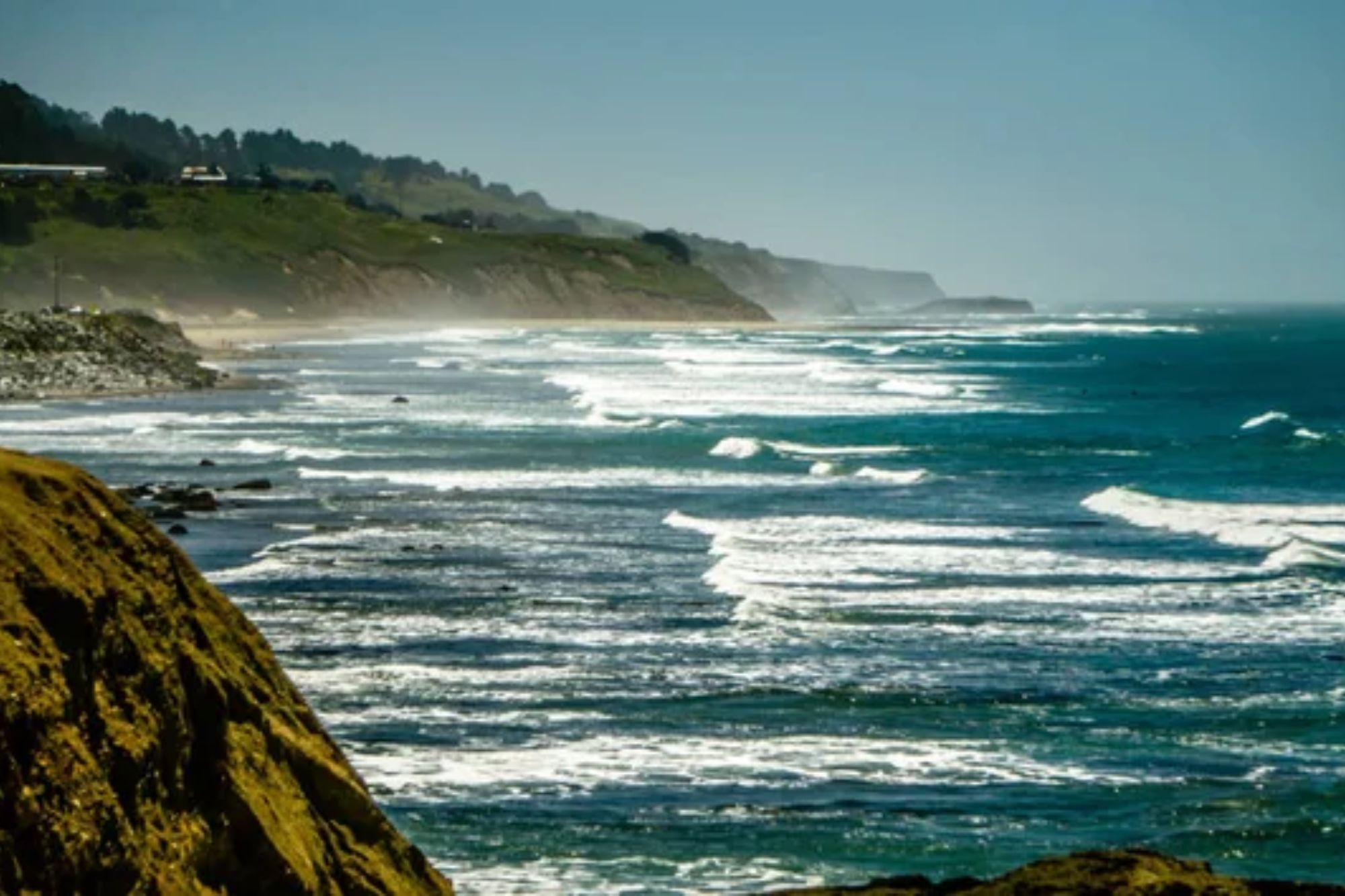
Big Sur’s dramatic coastline serves as a spectacular vantage point for year-round whale watching directly from shore. Travelers along Highway 1 often pull over at scenic overlooks to spot migrating gray whales in winter and spring, while summer brings blue and humpback whales feeding offshore.
The elevated viewing positions along this famous coastal route provide excellent perspectives for observing whale spouts, tails, and sometimes full breaches—all set against a backdrop of breathtaking natural beauty.
Like Travel Pug’s content? Follow us on MSN.
Montauk
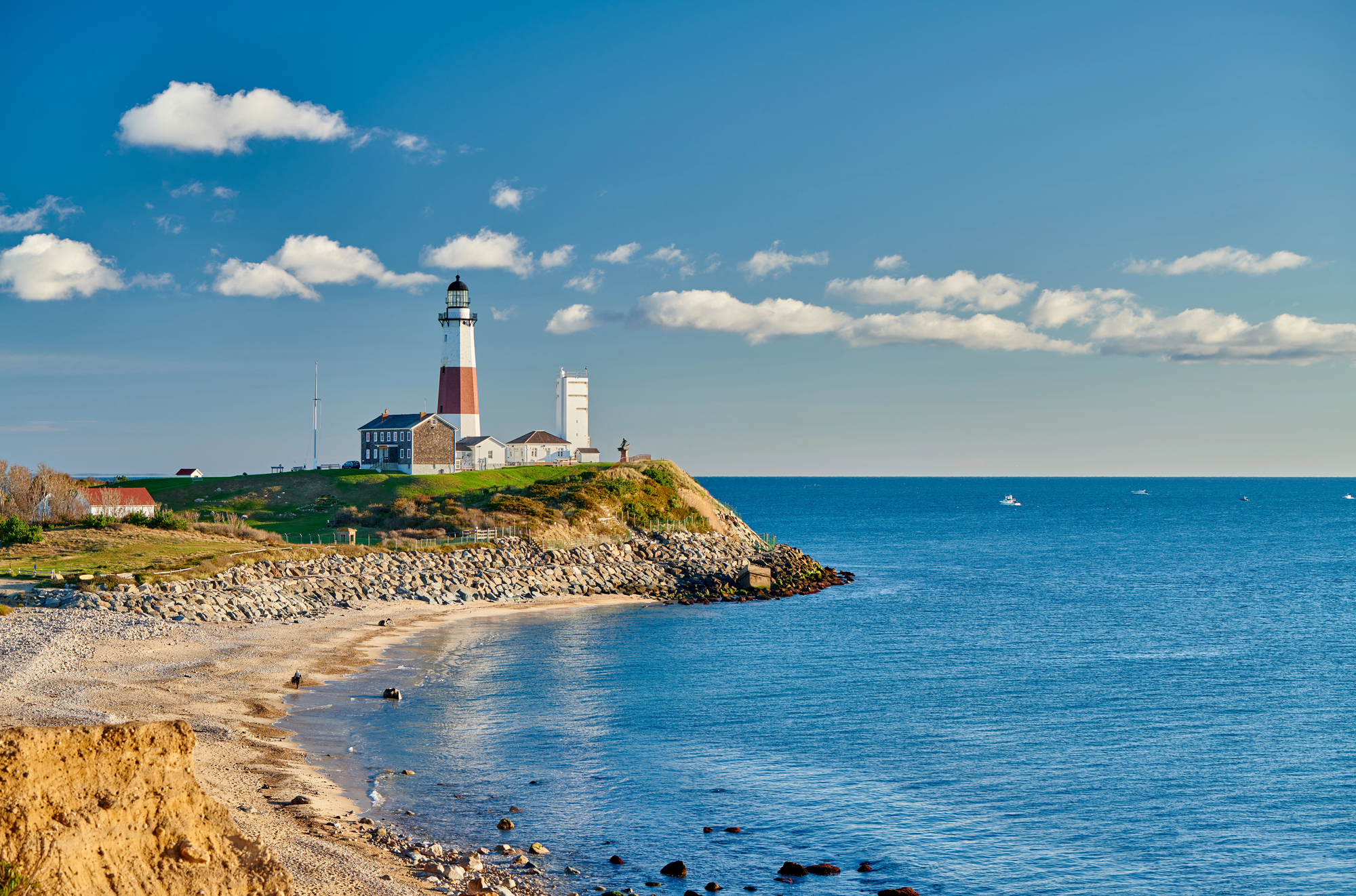
Long Island’s easternmost point surprises many visitors with its excellent whale watching opportunities. From late spring through fall, the waters off Montauk host at least 25 different cetacean species, including humpbacks, finbacks, minkes, and even occasional blue whales that venture closer to shore than expected.
Recent years have seen increasing whale activity as marine conservation efforts have begun showing positive results. The productive mixing zone where Gulf Stream and Labrador Current waters meet creates ideal feeding conditions just offshore, supporting this remarkable diversity.
San Diego
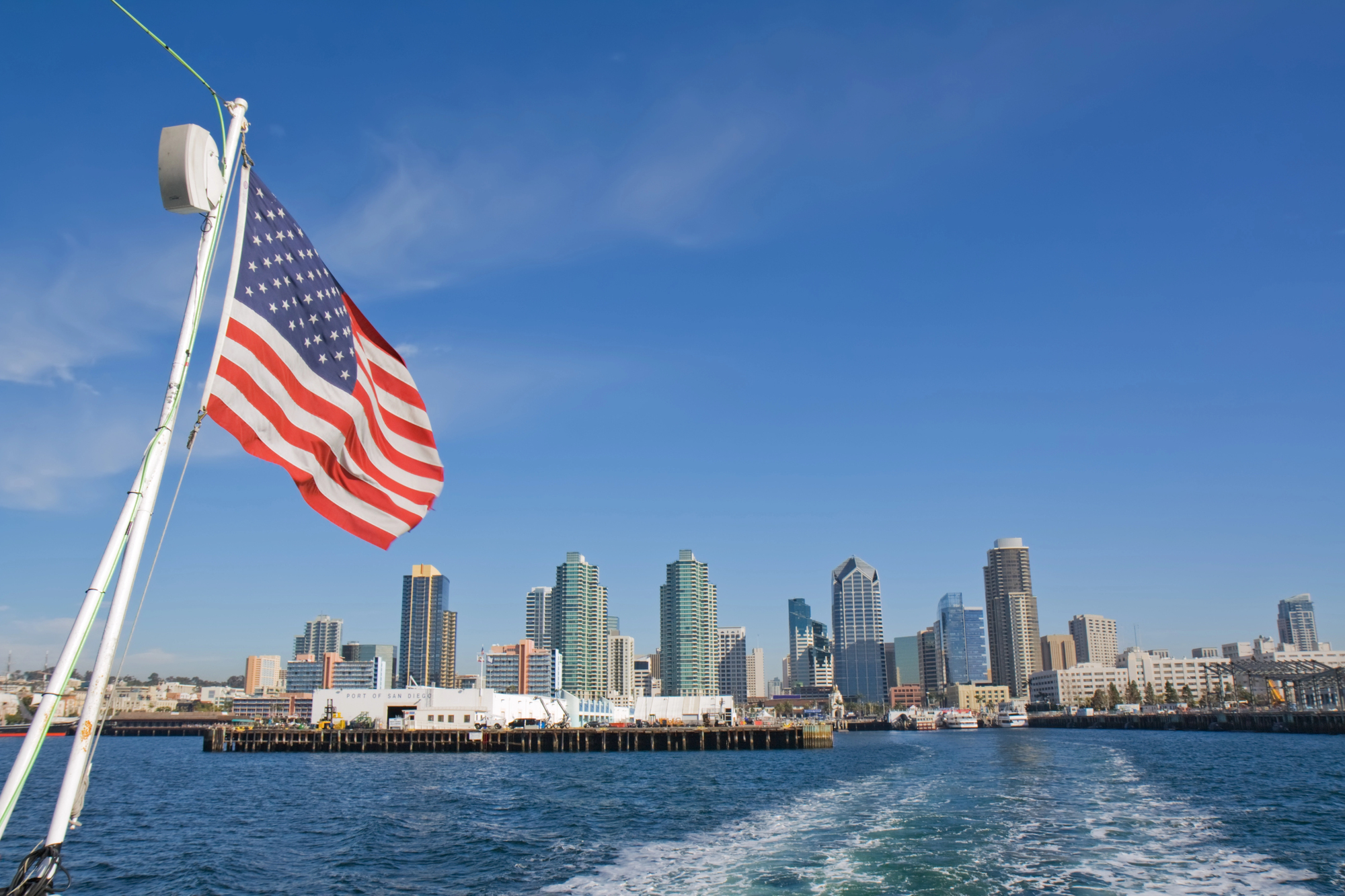
San Diego offers one of California’s longest whale watching seasons, with something to see year-round. Gray whale migration peaks from mid-December through April, when these coastal travelers pass remarkably close to shore during their 10,000-mile round-trip journey.
Summer brings magnificent blue whales along with playful humpbacks from June through September, though they typically stay further offshore. The western overlook at Cabrillo National Monument provides excellent shore-based viewing for those who prefer not to venture onto the water.
Provincetown
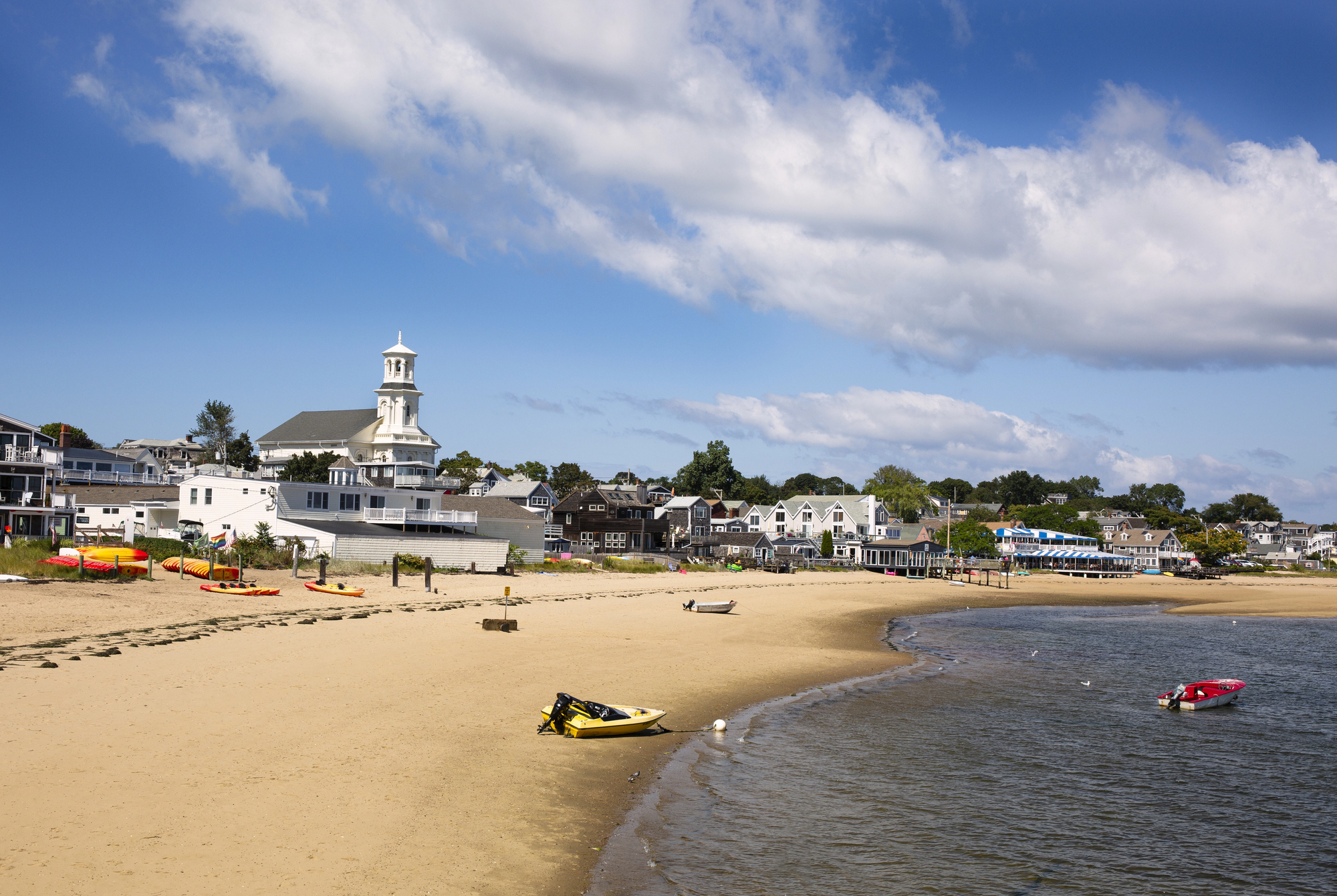
Provincetown’s location at the tip of Cape Cod positions it perfectly for exceptional whale encounters. The town’s whaling history has transformed into passionate conservation, with research-focused tours offering educational experiences beyond mere sightseeing.
Humpbacks, finbacks, and minkes frequent these waters from April through October, often displaying active behaviors like breaching and tail-slapping that thrill observers. The narrow peninsula allows quick access to Stellwagen Bank’s productive feeding grounds, minimizing travel time and maximizing whale observation opportunities.
Like Travel Pug’s content? Follow us on MSN.
Belmar
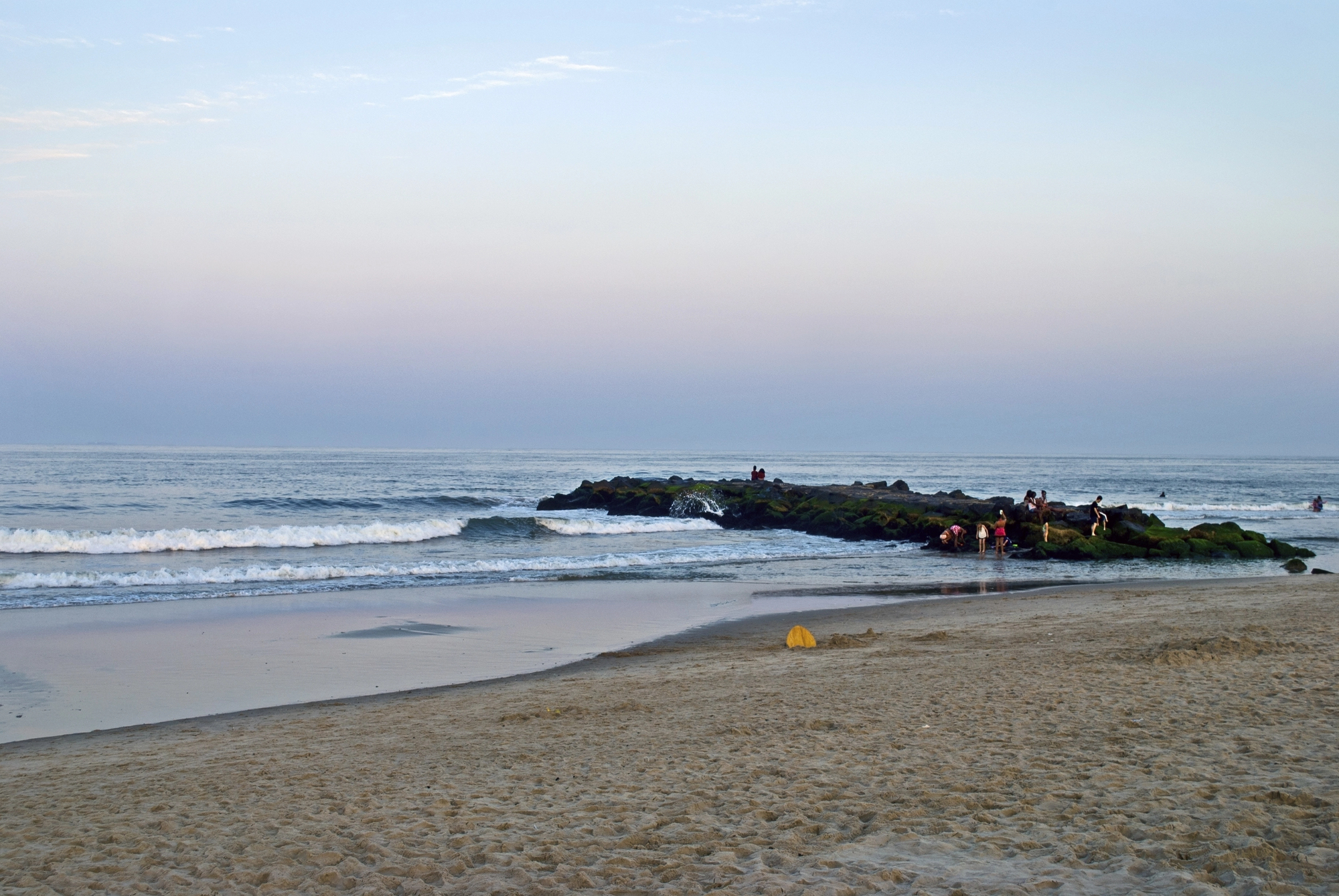
New Jersey’s Belmar has emerged as an outstanding East Coast whale watching destination with convenient access for New York City visitors. The coastal waters here serve as important feeding grounds, particularly for humpback whales pursuing abundant menhaden fish, from spring through fall.
Whales often feed remarkably close to shore, sometimes visible from beach observation points without binoculars. The extended viewing season from March through December makes this accessible location perfect for spontaneous whale watching trips, even for busy urbanites seeking quick nature escapes.
Kennebunkport
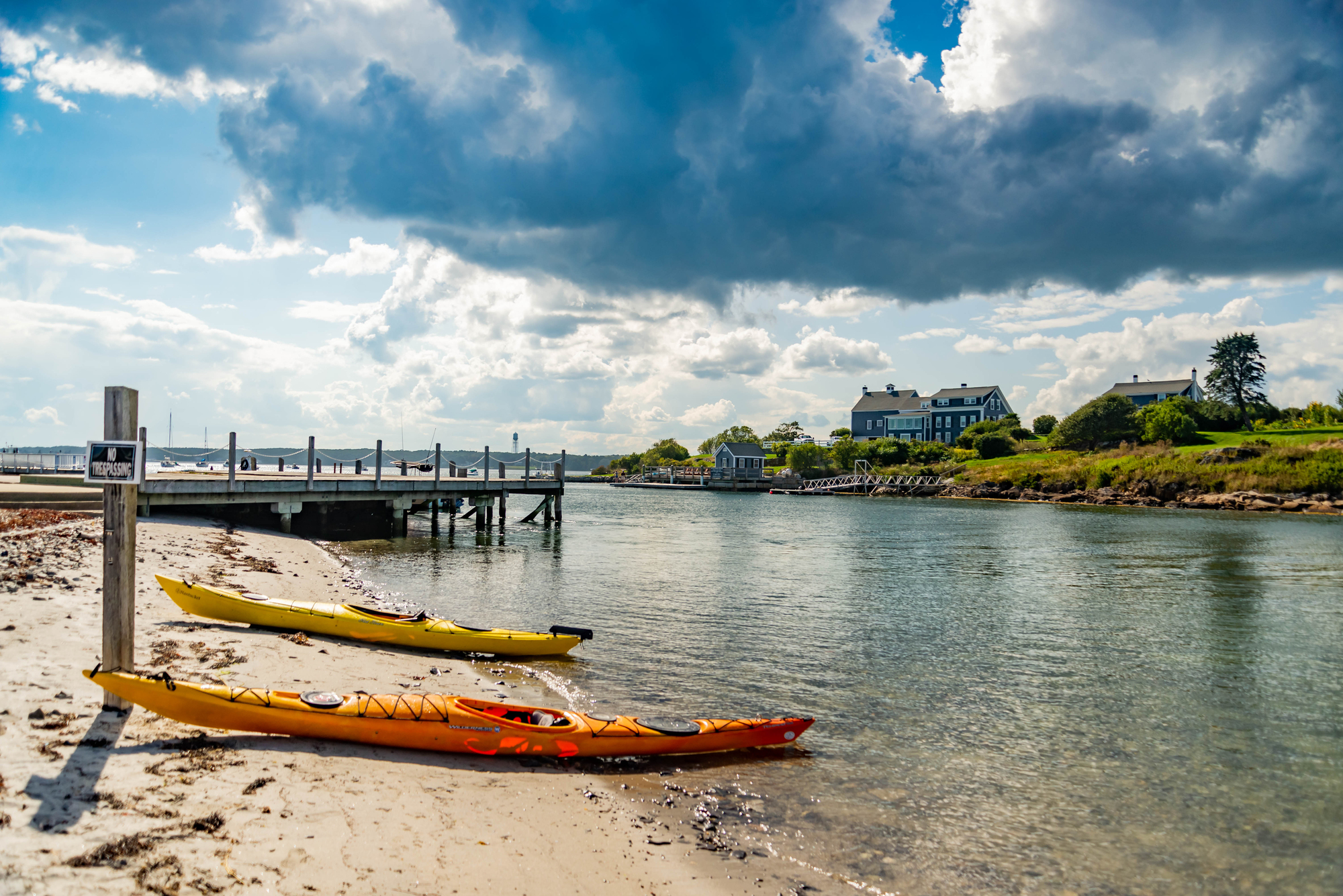
Maine’s southern coast around Kennebunkport combines New England charm with excellent marine mammal viewing opportunities. The Gulf of Maine’s productive waters attract multiple whale species from May through October, including humpback, finback, and minke whales that return annually.
Massive fin whales—the second-largest animals on Earth—are particularly common in these waters, reaching lengths up to 80 feet. The region’s rich maritime heritage adds cultural depth to whale watching experiences, with knowledgeable naturalists providing context about local marine ecosystems and conservation challenges.
The Ocean’s Enduring Wonder
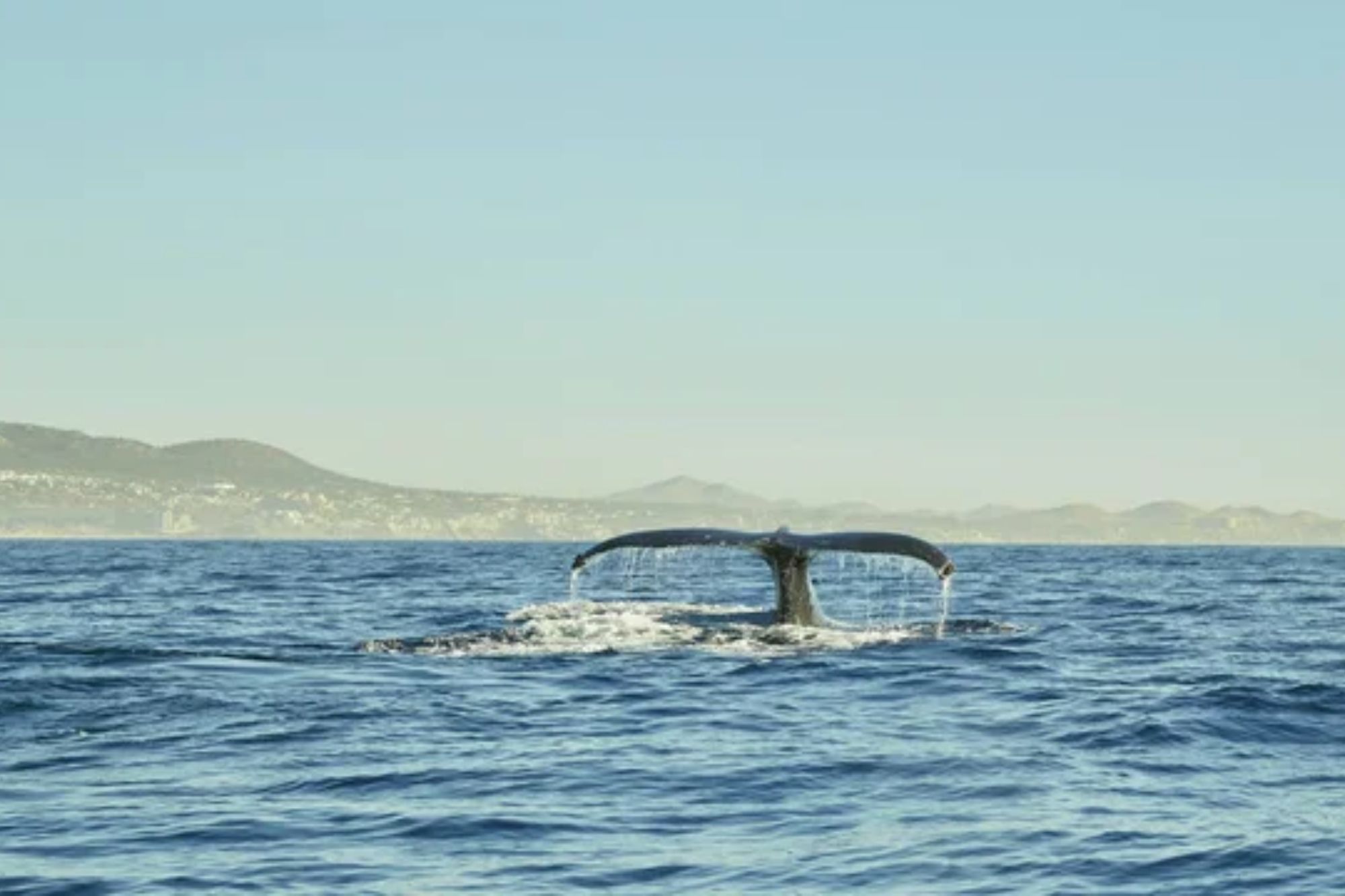
From ancient whaling ports transformed into conservation centers to pristine wilderness areas, America’s coastal whale watching spots connect us with the ocean’s most magnificent inhabitants. These encounters remind visitors of nature’s enduring power to inspire awe.
As whale populations recover from historical hunting pressures, opportunities to witness their majestic presence continue improving across US coastlines. The profound experience of watching a massive humpback breach or hearing the powerful exhalation of a surfacing blue whale creates lasting memories and often sparks deeper environmental awareness.
These 17 exceptional locations offer windows into the mysterious world of whales, sentinels of ocean health and symbols of wild nature’s persistent magnificence.
More from Travel Pug

- Cities Growing so Fast You Won’t Recognize Them in 10 Years
- 13 Destinations Where Tourists Regularly Regret Their Trip
- 16 U.S. Cities That Are Quietly Becoming Travel Hotspots
- Where to Travel If You Love Long Bus Rides and Daydreams
- 20 Cities Perfect for Solo Travelers Who Crave Adventure & Culture
Like Travel Pug’s content? Follow us on MSN.
